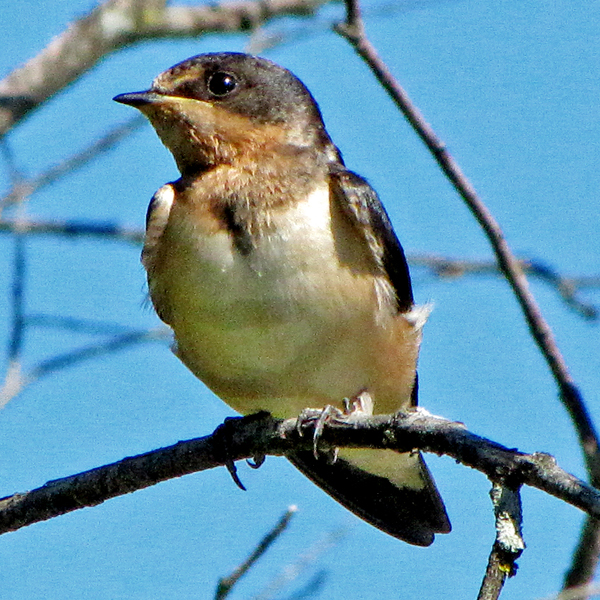Bach composed several cantatas for the seventh Sunday after Trinity, and I've chosen BWV 107, Was willst du dich betrüben (Why are you distressed), composed in Leipzig in 1724. This is the cantata that set the format for Bach's chorale cantatas for the rest of his career. Essentially, he uses the chorale hymn's complete text as the text for all the movements of the cantata, although only the first and last movements use the actual melody of that hymn. This may have been born of necessity; Bach's librettist when he was in Weimar was court poet Salomon Franck, but when he moved to Leipzig he had no such easy access to a librettist, so he improvised, and this was the result. This is what Simon Crouch has to say about this cantata:
Photo © 2016 by A. Roy Hilbinger
Cantata BWV 107 is a chorale cantata set per omnes versus, that is, with all the verses of a hymn set unaltered. This was an old-fashioned procedure even at that time but, musically, the form that Bach adopts for this work (the music of the inner verses bearing no relationship to the chorale melody) anticipates later style chorale cantatas. Ludwig Finscher suggests that Bach may have been having trouble with (or in finding) a librettist and was thus forced into this innovation! The music of the opening verse has a beautifully intimate feel to it, yet another fine example of Bach's opening choruses. After a recitative, there are four arias in a row for bass, tenor, soprano and tenor respectively. These are, perhaps, less interesting than the outer movements but the penultimate, for soprano has a lovely wind accompaniment and the last, for tenor (the most catching of the four) benefits from a delightful flute accompaniment. The cantata closes with a gorgeous siciliano setting of the chorale.Today's performance is from 1993 by the Collegium Vocale Gent under the direction of Philippe Herreweghe. Enjoy!
Copyright © 1996 & 1998, Simon Crouch.
Photo © 2016 by A. Roy Hilbinger

















































































